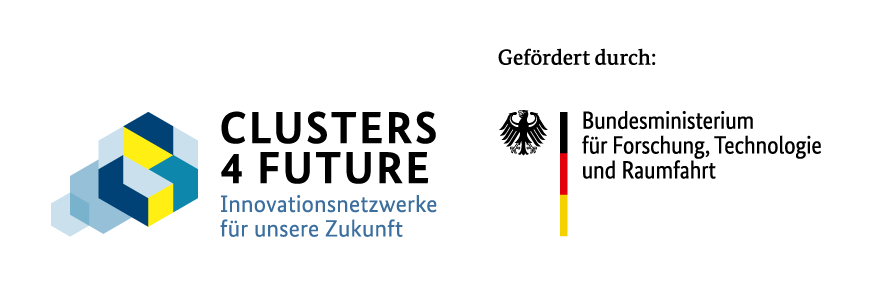We supported the MCube cluster in two core areas:
Evaluation: We collected information about processes and procedures through questionnaires and personal discussions with the project managers and those responsible for evaluation.
System design: We developed the "Mobil-o-Mat" step by step in close cooperation. The necessary functions were jointly developed, integrated into the tool and tested.
Evaluation: Serves to monitor whether the MCube targets set are being achieved and the projects are being successfully implemented. Our partners such as the City of Munich and BMW also benefit from this.
System design: We close knowledge gaps that exist in the early planning phase, especially for innovative ideas such as urban ropeways.
Partners from science, business and the public sector brought their different perspectives together in an inter- and transdisciplinary research consortium.
No results available
Want to shape the future of mobility with us?
Then please get in touch with us.

What is MOSAIQ?
Imagine something: There is more space for people. The streets have more trees and plants. Everyone can get around better. That's how your Schwabing-West district could be in the future. How would you like your district to be? We want to talk to you about it!
The project is called MOSAIQ. MOSAIQ is a research∙project. MOSAIQ means: Mobility and urban climate in the future city∙part. The Technical University of Munich is leading the project.
What is MOSAIQ about?
MOSAIQ wants to make the streets in the city∙part more beautiful. People should feel comfortable there. There should be more space. For meetings and plants, for example. You can help decide what is tried out in the Stadt∙teil. The ideas come from you. Some ideas will be tried out on the streets for a certain period of time.
The aim of MOSAIQ is to make urban districts good places to live.
At the same time, the climate in the city should improve. And people should be able to move around the city easily.
What is happening in the district?